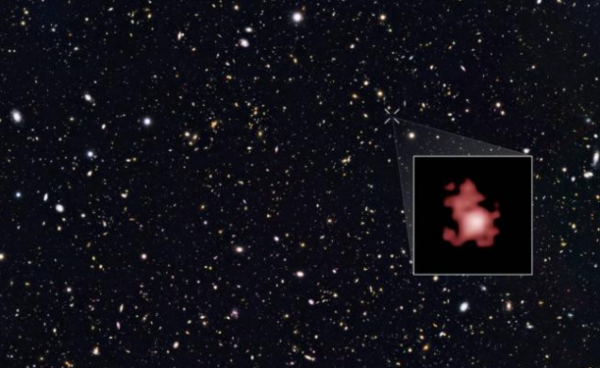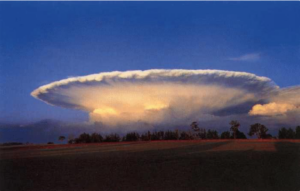Introduction to the Discovery of the Oldest Galaxy
The universe, a vast expanse of mystery and wonder, has always been a source of intrigue for scientists and astronomers alike. As technology and knowledge continue to advance, new discoveries are made that push the boundaries of what we know about the cosmos. One such remarkable discovery is the identification of the oldest galaxy in the universe, a galaxy that has stood the test of time since the earliest days of the universe itself.
In 2016, astronomers made a groundbreaking discovery: GN-z11, the oldest known galaxy, formed just 400 million years after the Big Bang. This galaxy, located 13.4 billion light-years away, provides crucial insight into the formation of galaxies in the early universe. Through the use of the Hubble Space Telescope and other advanced technologies, scientists have been able to explore this ancient galaxy, revealing not only its age but also its unique features that make it a key object of study for astrophysicists.

The Importance of GN-z11: The Oldest Galaxy in the Universe
GN-z11’s discovery has reshaped our understanding of the universe’s early development. The galaxy is located at a redshift of 11.09, a measure of how much the light from the galaxy has been stretched as the universe expanded. This redshift indicates that GN-z11 formed when the universe was only about 400 million years old, offering a glimpse into a time long before modern galaxies took shape.
The importance of this discovery lies in its timing. At such an early stage in the universe’s history, galaxies were forming rapidly, and their properties were vastly different from those we observe today. The study of GN-z11 allows astronomers to understand the processes that led to the creation of galaxies, stars, and other cosmic structures in the primordial universe.
The Role of the Hubble Space Telescope in Unveiling GN-z11
The discovery of GN-z11 would not have been possible without the powerful tools at the disposal of modern astronomers. One of the most vital instruments in this groundbreaking discovery is the Hubble Space Telescope. Launched in 1990, Hubble has provided some of the most detailed images of distant galaxies, nebulae, and other celestial bodies.
For the study of GN-z11, Hubble’s unparalleled sensitivity to ultraviolet light and its ability to observe distant objects made it an essential tool. The light from GN-z11, having traveled for billions of years, was faint and stretched by the expansion of the universe. Hubble’s ability to detect such faint signals allowed astronomers to pinpoint the location and properties of this ancient galaxy.
What Makes GN-z11 So Special?
GN-z11’s significance goes beyond just its age. Several factors make this galaxy a fascinating subject of study for astronomers. First, it is one of the most distant galaxies ever observed, offering a unique window into the early universe. Its discovery provides a rare opportunity to study a galaxy that formed in the aftermath of the Big Bang, when the first stars and galaxies were beginning to take shape.
Second, GN-z11 offers insight into the process of galaxy formation. It is thought to be a relatively small and rapidly forming galaxy, one that may have been a precursor to larger galaxies like the Milky Way. By studying GN-z11’s structure, composition, and growth, scientists can gain a better understanding of how galaxies evolved in the first few hundred million years after the Big Bang.
Understanding the Early Universe Through GN-z11
The discovery of GN-z11 is a milestone in the study of the early universe. It helps answer fundamental questions about how galaxies formed, how stars and heavy elements came into existence, and how the universe evolved from the smooth, dense state of the Big Bang to the complex structure we observe today.
GN-z11’s study reveals that galaxy formation occurred much earlier than previously thought, suggesting that galaxies began to take shape far sooner than the models of cosmic evolution had predicted. This challenges current understanding of the rate of galaxy formation and raises new questions about the processes that took place in the first few hundred million years of the universe’s existence.
The Role of Redshift in Studying Ancient Galaxies
One of the most important tools for studying ancient galaxies like GN-z11 is redshift. Redshift occurs when light from an object in space is stretched as the universe expands. The farther away a galaxy is, the more its light is stretched, shifting it toward the red end of the spectrum. By measuring the redshift of light from a galaxy, astronomers can determine how far away it is and, importantly, how long ago the light was emitted.
In the case of GN-z11, its redshift of 11.09 indicates that the galaxy was formed just 400 million years after the Big Bang, which is extremely early in cosmic history. This redshift allows scientists to calculate the galaxy’s age, distance, and the state of the universe at the time it was formed.
The Future of Galactic Discoveries: The James Webb Space Telescope
While the Hubble Space Telescope has played an essential role in the discovery of GN-z11, the upcoming launch of the James Webb Space Telescope (JWST) promises to revolutionize our understanding of ancient galaxies even further. The JWST, with its advanced capabilities, is designed to observe the universe in infrared wavelengths, allowing it to peer deeper into space and look further back in time than ever before.
The JWST’s advanced instruments will allow astronomers to study galaxies like GN-z11 in even greater detail, offering a more complete picture of the early universe. It will help identify galaxies that are even more distant and ancient, furthering our understanding of the processes that shaped the cosmos.
Conclusion: The Significance of the Oldest Galaxy
The discovery of GN-z11 as the oldest known galaxy in the universe is a groundbreaking achievement in the field of astrophysics. This ancient galaxy provides vital clues about the formation and evolution of the universe in its early stages. By studying GN-z11, scientists are not only uncovering the mysteries of one of the first galaxies but also gaining a deeper understanding of the processes that led to the formation of stars, galaxies, and the cosmos as we know it today.
As technology continues to evolve and new telescopes like the James Webb Space Telescope come online, astronomers will be able to explore even more ancient galaxies, pushing the boundaries of human knowledge and understanding about the universe’s distant past. The study of galaxies like GN-z11 is just the beginning of what promises to be an exciting era of discovery in cosmology.










